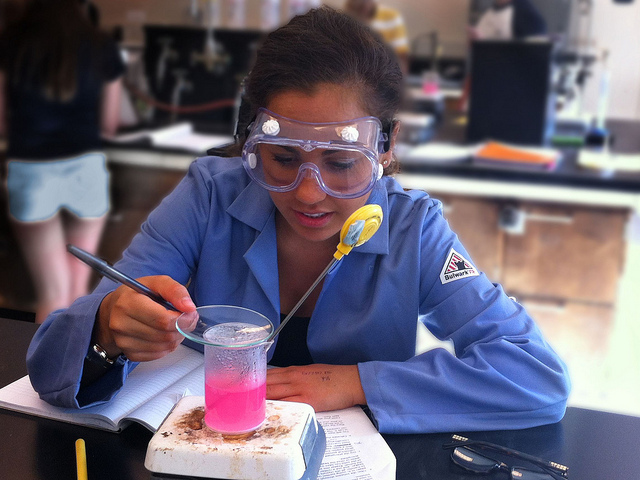Alvarez Spark Innovation Award recipient Todd Wackerman is an MBA student at Tulane’s Freeman School. To validate assumptions about his proposed nonprofit, Todd conducted a series of design-thinking interviews and focus groups with stakeholders. Since completion of this research, he has been following up a series of plans to generate a customer base and develop user interest in the facility.
When we left off, the Science Teachers’ Equipment Lending Library (STELL) was preparing to write a Memorandum of Understanding, a nonbinding document to help validate customers and demonstrate that interest exists for our service offerings.
After drafting the document with help from some baseline contracts provided by other lending library providers, I sent the finished product to an attorney friend to review, and the feedback came back less than ideal. “It is legally sound and well-written,” I was told, “but if I represented a school and saw this, I would advise them not to sign it.” The problem was that even though it said “non-binding” prominently, it felt too cold and contractual. Whereas the purpose is to generate interest, our MOU seemed too steeped in legalese to be attractive to school administrators.
The replacement is called the Statement of Interest, a 3 page informational document that reads more like a brochure, with explanations for the value proposition and some frequently asked questions. At the end, it offers space for administrators to sign that they would be interested in such a facility, if it exists for next year.
This SOI is now the basis for conducting informational meetings with school administrators, in order to drum up interest and intent, which will be the start of our outreach campaigns as well as used to supplement grant applications with proof of customer validation. The process has begun, but will ramp up considerably this summer, as we reach out to schools looking for 25+ signed letters by August 31, which we will use to begin applying to foundation and corporate grant makers.
And with that, the real work begins, that of building and marketing a sustainable nonprofit to help improve K-12 STEM education in New Orleans. As we continue meeting with schools to generate interest, we are also in the process of using funds from the New Day award to build out the website, finish operations research, and database inventory.


